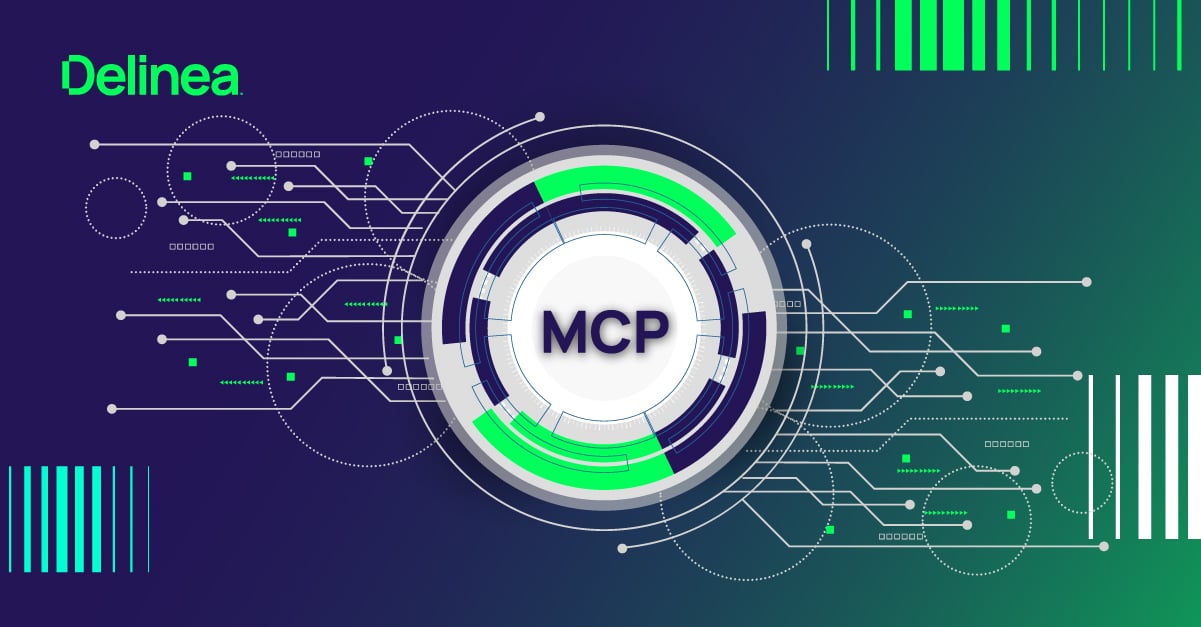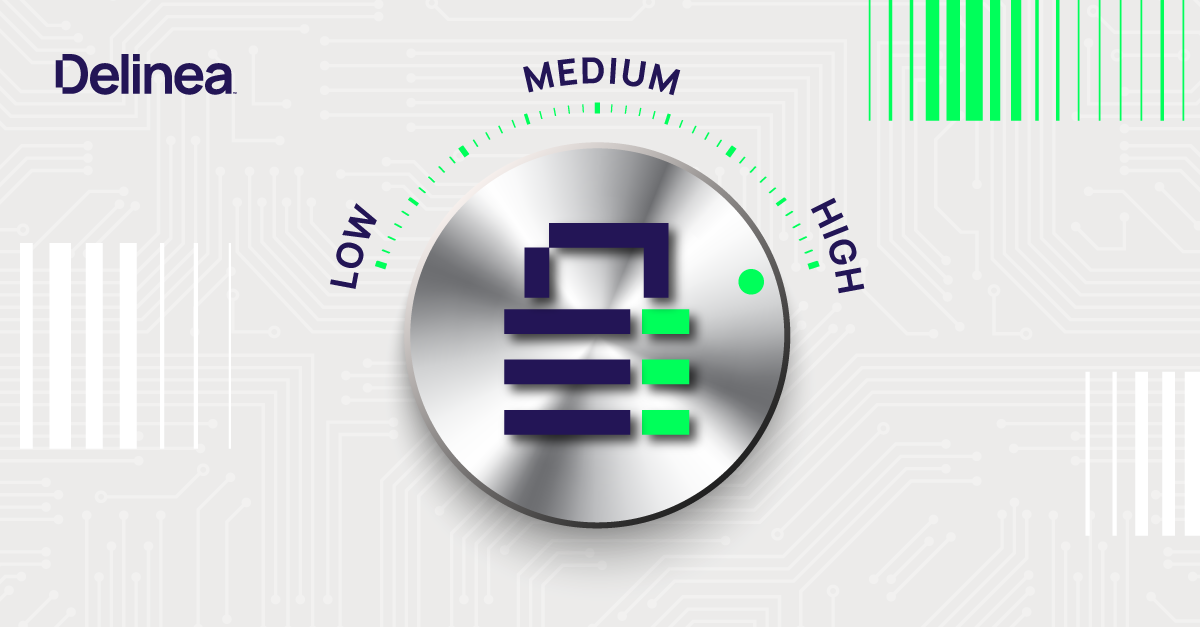Today we’re talking about encryption, but not salting or hashing, even though the two are often associated with one another when storing things like passwords in a secure manner. They are actually very different, and this post focuses on encryption.
What is encryption?
Encryption is a method of turning data into a form that, while keeping its original meaning intact, is not understandable by anyone without a decryption key.
Think of the process of encryption as having a letter in an envelope stored in a sealed container with a lock on it. Nobody can open that container and read the contents of the letter without the key associated with the lock on the box.
And that’s it—the basic premise of encryption. What changes from encryption type to encryption type are the types of “locks” and the types of “keys” that are used to conceal the data that is being sent.
How encryption works
Encryption converts readable data (plaintext) into scrambled, unreadable data (ciphertext) using a cryptographic algorithm and an encryption key. This process ensures that sensitive information remains secure, even if intercepted by unauthorized parties.
At a high level, encryption follows three essential steps:
1. Data is prepared – The original plaintext (such as a password, document, or transaction) is ready for encryption.
2. Encryption is applied – A mathematical algorithm uses a unique key to transform the plaintext into ciphertext, making it unreadable.
3. Decryption restores access – The intended recipient, with the correct decryption key, converts the ciphertext back into plaintext.
The strength of encryption depends on the algorithm used and the length of the encryption key. Longer keys mean stronger security, as they create more possible combinations, making brute-force attacks impractical.
Encryption is widely used to protect data at rest (stored information) and data in transit (information being sent over networks). Whether securing files, emails, or online transactions, encryption is a critical layer of cybersecurity that ensures data remains protected from unauthorized access.
Two types of encryption
In the context of encryption keys, there are two main types of encryption: symmetric and asymmetric. The difference? It all comes down to how keys are used to lock and unlock data. Some encryption methods, like SSL/TLS in secure web communication, even combine both for stronger security without slowing things down.
Some encryption algorithms will use a combination of symmetric and asymmetric, such as in SSL data transmission
Symmetric encryption requires that the same key used to lock the box is the one that is used to open the box.
Asymmetric encryption means one key is used to lock the box, and a different key is used to unlock the box (and ONLY that key can unlock the box).
Symmetric encryption: One key, fast performance
Symmetric encryption uses a single key to both encrypt and decrypt data. Think of it like a locked box—the same key locks and unlocks it. This makes symmetric encryption fast and efficient, ideal for encrypting large amounts of data quickly. The challenge? Keeping that key secure while sharing it between sender and receiver.
Common symmetric encryption algorithms:
- AES (Advanced Encryption Standard): The gold standard for securing sensitive data in cloud storage, databases, and enterprise systems.
- 3DES (Triple DES): A step up from the older DES algorithm, applying encryption three times for added protection.
Asymmetric encryption: Two keys, extra security
Asymmetric encryption—also called public-key cryptography—uses a key pair: a public key for encryption and a private key for decryption. It’s like sending a locked box that only the intended recipient has the key to open. Because the private key is never shared, asymmetric encryption is essential for securing online transactions and identity verification.
Common asymmetric encryption algorithms:
- RSA (Rivest-Shamir-Adleman): A widely used method for securing online communications, from websites to email encryption.
- ECC (Elliptic Curve Cryptography): A modern alternative to RSA that delivers strong security with less computing power.
- Diffie-Hellman: Used for securely exchanging encryption keys between parties.
Many types of encryption algorithms use either symmetric or asymmetric, or in some cases, a combination of both, such as in SSL data transmission.
Where is symmetric encryption used?
You’ve probably heard of Advanced Encryption Standard (AES), such as AES-256 Encryption. (This is the standard we use for encrypting data stored in Secret Server.) This is a type of symmetric encryption where a single Master Key is used to both encrypt and decrypt the data. AES is an extremely fast encryption protocol both at the hardware and the software level.
AES-256 Encryption is the standard approved by the NSA for encrypting top secret information.
Where is asymmetric encryption used?
Asymmetric encryption is the type that is used most frequently to securely send data from one machine to another. Remember, asymmetric has a single lock with two keys. One key is called the Private Key and the other key is called the Public Key. Anything encrypted with the Public Key can ONLY be decrypted with the Private Key; a public key CANNOT decrypt data if it was used to encrypt the data—ONLY the private key can unlock that data.
Therefore, the Public Key is not something that necessarily needs to be safeguarded, and in fact, it usually isn’t. When people or organizations (like news agencies) want to receive sensitive encrypted data, they will send their public key out to people, who can use it to encrypt the data and send it to the holder of the private key. Once the Private Keyholder has the encrypted data (again, encrypted with the public key), then that person (and only that person) can decrypt the message.
Often Public/Private Keypairs are also used to authenticate someone into an endpoint—such as a Linux machine using SSH.
This also works in reverse, for proving the validity of a message that came from a single person, but that is outside the scope of this article.
RSA is one of the most popular types of asymmetric encryption.
The benefits of using encryption
Encryption is one of the most effective ways to protect sensitive data, ensuring that only authorized users can access critical information. Whether securing personal communications, business transactions, or cloud environments, encryption provides several key benefits that enhance overall cybersecurity.
Protects data from unauthorized access
Encryption ensures that even if data is intercepted or stolen, it remains unreadable without the proper decryption key. This is essential for protecting personal information, financial records, and corporate intellectual property from cybercriminals and unauthorized insiders.
Maintains data integrity
Beyond just keeping data private, encryption helps prevent unauthorized modifications. By using cryptographic techniques like hashing and digital signatures, encryption ensures that data remains intact and unaltered from its original form, safeguarding against tampering or corruption.
Secures data in transit and at rest
Data is vulnerable both when it’s stored and when it’s being transmitted. Encryption protects data at rest—such as files, databases, and backups—ensuring that sensitive information remains secure even if a device is lost or stolen. It also safeguards data in transit, like emails, online transactions, and remote access communications, preventing attackers from intercepting sensitive information over networks.
Supports regulatory compliance
Many industries are subject to strict data protection regulations, including GDPR, HIPAA, and PCI-DSS. Encryption helps organizations meet these compliance requirements by securing customer and business data, reducing the risk of regulatory fines and legal consequences.
Builds trust and strengthens security posture
Organizations that prioritize encryption demonstrate a commitment to security and privacy. This builds trust with customers, partners, and stakeholders while also strengthening an organization’s overall cybersecurity strategy. By making encryption a core component of data protection, businesses reduce their risk exposure and enhance their ability to defend against evolving cyber threats.
Encryption isn’t just a security feature—it’s a critical safeguard that keeps modern digital communications and transactions secure. As cyber threats continue to evolve, implementing strong encryption practices is one of the most effective ways to protect sensitive information and maintain trust in the digital world.
Encryption FAQs
Why is encryption used?
Encryption is used to protect sensitive information from unauthorized access, ensuring that only those with the correct decryption key can read the data. It secures everything from personal messages and financial transactions to corporate databases and cloud storage, making it a fundamental layer of cybersecurity.
What does encryption mean?
Encryption is the process of converting readable data, known as plaintext, into an unreadable format called ciphertext using mathematical algorithms and encryption keys. This transformation ensures that even if data is intercepted, it remains protected and can only be accessed by someone with the proper decryption key.
What does encryption protect against?
Encryption helps defend against unauthorized access, data breaches, man-in-the-middle attacks, and data tampering. It ensures that even if data is stolen or intercepted, it remains unreadable without the correct key. By safeguarding the confidentiality and integrity of sensitive information, encryption plays a vital role in preventing cybercriminals from exploiting exposed data.
What is the most basic type of encryption?
One of the simplest forms of encryption is the Caesar cipher, which shifts letters in the alphabet by a fixed number of places. While basic and easy to break, it demonstrates the core principle of encryption. Modern encryption relies on complex algorithms such as the Advanced Encryption Standard (AES), which provides a significantly higher level of security and is widely used to protect digital information.
How does encryption help secure Internet browsing?
Encryption is essential for secure web browsing, primarily through SSL/TLS protocols, which encrypt the data exchanged between a user’s browser and websites. This ensures that sensitive information such as passwords, credit card numbers, and personal messages cannot be intercepted by hackers. A website using encryption can be identified by the presence of “https” in its URL and a padlock icon in the browser’s address bar, indicating that communication with the site is protected.
How do hackers break encryption?
Hackers attempt to break encryption using various methods, including brute-force attacks, where they systematically guess encryption keys, and phishing attacks, which trick users into revealing their credentials.
Exploiting weak or outdated encryption algorithms is another common tactic, as older methods like DES are now vulnerable to modern computing power. In some cases, attackers use side-channel attacks to analyze system behavior and extract encryption keys. While strong encryption is difficult to break, poor implementation or weak passwords can leave systems exposed.
How do you check if a device is encrypted?
Most modern devices support built-in encryption, but users can verify if encryption is enabled by checking their system settings. On Windows, encryption settings can be found under Privacy & Security, with BitLocker available on certain editions. Mac users can check FileVault under System Settings, while iPhones and iPads automatically enable encryption when a passcode is set. Android devices also offer encryption settings under Security.
If encryption is not turned on, enabling it adds an extra layer of protection to safeguard personal and business data.


